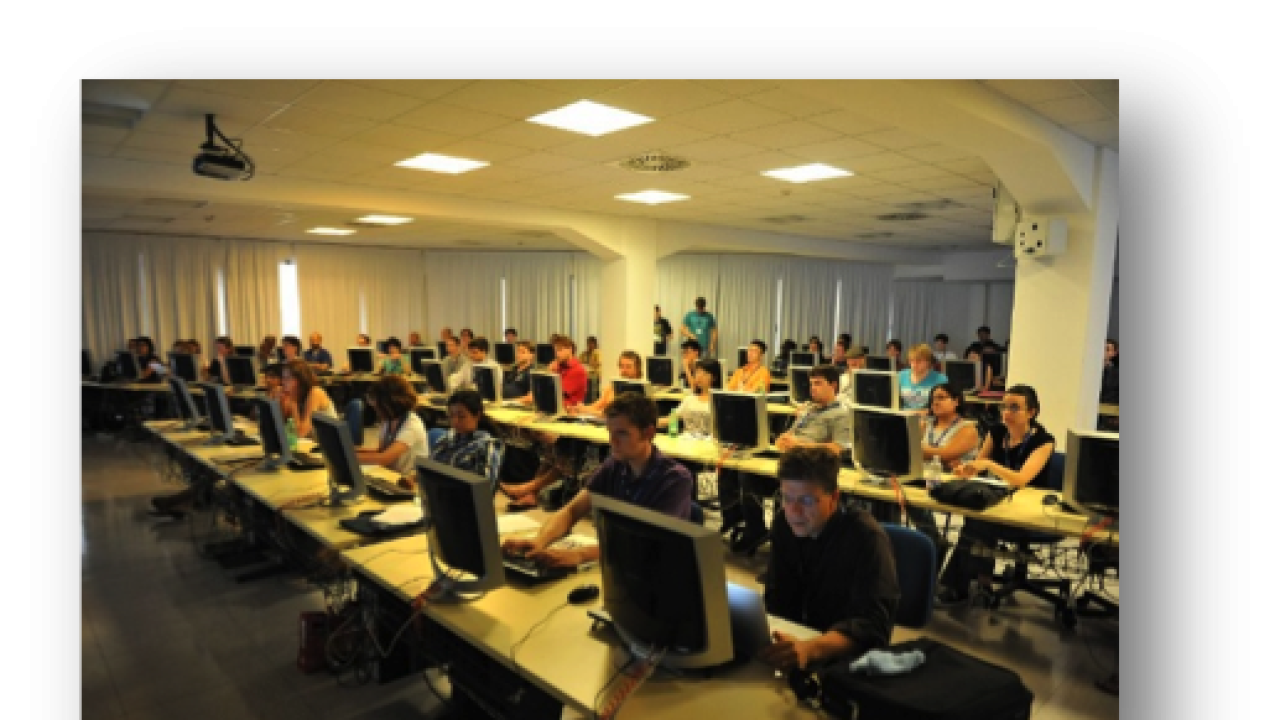
From 6 to 15 August, over 70 students and 30 speakers and instructors gathered at ICTP's Adriatico Guesthouse for an intense, 10-day workshop on "Density-Functional Theory and Beyond: Computational Materials Science for Real Materials". ICTP and the Fritz Haber Institute of the Max Planck Society (FHI) - with financial support of co-sponsors - organized the workshop, which offered a mixture of lectures and practical sessions where students listened, learned and practiced cutting-edge research in condensed matter science based on the "first principles" of quantum mechanics.
"The unique thing about this workshop is that we try to cover as broad a range of our field as possible," says Volker Blum, who is an incoming professor at Duke University and long-time group leader at FHI. Blum organized the workshop along with his colleagues from FHI, Carsten Baldauf and Matthias Scheffler, as well as Ralph Gebauer of ICTP. "This includes everything from the basic concepts of the field to advanced topics in biophysics and materials science," adds Blum.
Condensed matter science is a branch of study that bridges many scientific disciplines including biology, chemistry, physics, materials science and engineering. Consequently, scientists study the biological, chemical and physical properties of different materials and molecules. The ultimate aim is to understand the inner workings of the phases of matter, such as solids, liquids and gases and materials´ functions, such as catalysis, corrosion resistance, solar cells, batteries and more.
The basic laws that govern this behaviour are the "first principles" of quantum mechanics: A mathematical/physical recipe that allows one to make predictions that are in principle exact, without any empirical parameters. Our conceptual understanding of phenomena from semiconductor science to biochemical reactions is based on these laws. What is becoming increasingly possible, however, is to use today's powerful computers in order to reliably predict specific materials or molecular properties.
The clusters, molecules and materials that comprise matter react and rearrange themselves under different temperatures and pressures. For example, most substances are solid at the lowest temperatures, but become liquid at a higher temperature and finally gaseous - and can even undergo specific structural rearrangements in between. Studying such effects with quantum-mechanics based simulations can enable detailed, materials-specific predictions, even for materials that have perhaps not yet been synthesized in the laboratory.
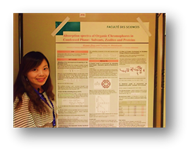 Xiuwen Zhou, who is from China and a graduate student studying computational chemistry at the University of Geneva, says that of the handful of condensed matter workshops she's attended, she learned the most from this one because of the broad range of topics.
Xiuwen Zhou, who is from China and a graduate student studying computational chemistry at the University of Geneva, says that of the handful of condensed matter workshops she's attended, she learned the most from this one because of the broad range of topics.
"This kind of workshop is good for PhD students because they can get a sense of the different research areas," Zhou says. "This can help them decide which field to choose when searching for post-doc positions."
One of today's hot topics in condensed matter science is the potential process of capturing and breaking down carbon dioxide molecules in the air, which could reduce the overall volume of the greenhouse gas within the atmosphere. Moreover, condensed matter scientists are looking into what the byproduct of such a process would be and how it could be adapted into a solution for the energy crisis, such as clean, renewable fuel for automobiles.
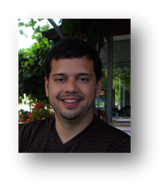 Javier Montoya, an ICTP Associate who attended the workshop, is one of the scientists trying to tackle this problem. He tries to find a material that efficiently initiates a reaction between water and carbon dioxide molecules. In order to get the different molecules to interact, he says he must figure out a way to add energy into the system using the right material that bridges between the molecules, which should initiate a reaction. The workshop, he says, has brought him closer to this goal.
Javier Montoya, an ICTP Associate who attended the workshop, is one of the scientists trying to tackle this problem. He tries to find a material that efficiently initiates a reaction between water and carbon dioxide molecules. In order to get the different molecules to interact, he says he must figure out a way to add energy into the system using the right material that bridges between the molecules, which should initiate a reaction. The workshop, he says, has brought him closer to this goal.
The practical sessions of the workshop involved a series of computational activities where students used methods based on density-functional theory (DFT) and many-body perturbation theory that are implemented in the 'Fritz Haber Institute ab initio molecular simulations' (in short FHI-aims) computer code. FHI-aims is but one of several DFT codes developed in academia that allows scientists to model the electronic and atomic structure of molecules and materials under different conditions. Montoya says he plans to apply a new approach that he learned in the practical sessions toward his work when he returns shortly to the University of Cartagena in his home country, Colombia. Work aside, Montoya says what he liked most about the workshop was the diversity of students.
"The workshop had a nice mixture of students from developed and developing nations," Montoya says. "This lets students see what the hot topics are in different countries."
More than 300 students applied to the workshop, of which the organizers had to select 70. From Germany to Australia, students traveled from many parts of the globe and represented 20 countries in total, one third of which are developing countries.
"The workshop is geared toward post-docs and PhD graduate students in their last years of study," says workshop co-organizer Scheffler. "Students must exhibit scientific excellence and motivation by writing a cover letter explaining why they want to attend as well as an abstract on their work. We also encourage them to present a poster on their research, which is put on display for other participants."
H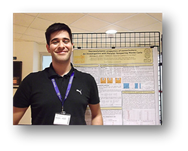 enrique Musseli Cezar was one of the younger participants, having only started his master's in computational physics at the University of Sao Paulo in Brazil. Although the lecture and practical sessions taught him a great deal about the field, he says that he felt he could have absorbed more from the workshop if he'd been further along in his academic career. Despite that, he says the workshop has inspired him to work hard.
enrique Musseli Cezar was one of the younger participants, having only started his master's in computational physics at the University of Sao Paulo in Brazil. Although the lecture and practical sessions taught him a great deal about the field, he says that he felt he could have absorbed more from the workshop if he'd been further along in his academic career. Despite that, he says the workshop has inspired him to work hard.
"You can tell that the scientists who give the lectures work very hard to achieve their positions," he says. "For me the take away message from this was that if I work hard then I might get to where I want to go." Musseli Cezar says he plans to pursue a PhD and ultimately obtain a position as a research scientist. He also hopes to attend future workshops similar to this.
University of California, Riverside chemical-engineering graduate student Talin Avanesian, and University of Barcelona theoretical and computational chemistry graduate student Oriol Lamiel Garcia agreed that for them the workshop's practical, hands-on sessions are what they enjoyed and learned from the most. The opportunity to first learn the theory, then run the computer programs and finally analyze the results was both rewarding and educational, they say.
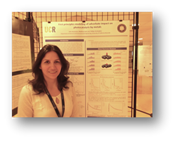
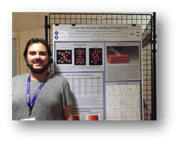
"Part of this workshop is to help students understand where results are coming from and why, and we want them to be able to use what they learned back at their institutes," says co-organizer Scheffler.
Because Avanesian and Garcia come from the chemical perspective of condensed matter science, they say they enjoyed learning about the biological and physical aspects of research in the field as well. They say that the different applications and techniques they learned in the practical sessions will help them in their own work when they return to their institutes.
You can find more information about the workshop here and the different research topics of each participant here.
















